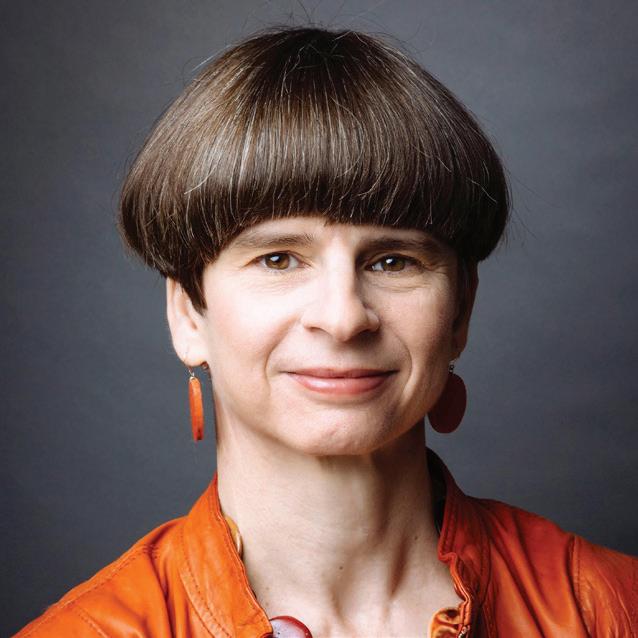
3 minute read
Trendswatch: The future of financial sustainability
The future of financial sustainability
■ Charitable income makes up a significant portion of most museum funding models and is one of the four highlighted areas in this year's report

In a time of financial uncertainty for the global museum community, this year's TrendsWatch report from the American Alliance of Museums (AAM) and the Center for the Future of Museums (CFM) is seeking to provoke discussion and find viable solutions to these ongoing challenges.
Exploring important culture, technology, economic, environmental and policy events, the American Alliance of Museums and the Center for the Future of Museums' annual TrendsWatch Report identifies trends that will shape the way museums worldwide will do business and engage visitors.
The future of financial sustainability is the focus of this year's report. With funding models disrupted museums are in a position where they must improve financial discipline, business planning and data literacy in order to remain profitable.
Earned income Earned income consists of the money a museum makes from selling a product or service to someone at a price the consumer feels is worth the cost. A museum's income applies even if attendance is free entry, as visitors will spend money in places such as the café or the gift shop.
■ Forced museum closures are having a significant impact on museum finances

Research suggests that the number one reason people don’t come to a museum is that they prefer to do something else with their time, often spending time at home with the vast majority of this time spent on screens – television, movies, and digital devices. This is seeing museums move further into the experience economy, with the creation of immersive experiences and mustsee exhibitions in an attempt to get its visitors off the sofa and through its doors.
Charitable income Philanthropy is a key part of most museums' funding models, but it can also be a poisoned chalice should they not look into where their money is coming from.
The fastest-growing charitable vehicle in the US is donor-advised funds (DAF) – a giving vehicle which allows donors to make a charitable contribution, receive an immediate tax deduction and then recommend grants from the fund over time. These funds
Museums need to try new things and make changes from within to find new forms of revenue generation
now outnumber private foundations on a five to one ratio and their collective value is worth more than US$100bn. "Impact philanthropy" is another key thing to consider, with donors and foundations increasingly want to see measurable change as a direct result of their support.
Government funding With museums a major part of the public infrastructure, it's no surprise many non-profits receive significant government backing. This support comes "with its own strings attached", which means a government-supported institution has to be sensitive to political considerations, satisfying both the taxpayer and the political institution.
In the US, nonprofits are not only seeing a decline in government funding but also attempts to actually increase the amount of money they must pay the government.
Financial capital Financial capital can be split into three groups – endowments, temporarily restricted endowments and voluntarily restricted endowments. Endowments are portions of a museum's investments which, typically aren't spent, rather interest accrued is used for specific purposes. Temporarily restricted endowments are designated to be spent in their entirety for specific purposes. Voluntarily restricted endowments are board designated for a specific purpose, though that decision can be reversed . l





